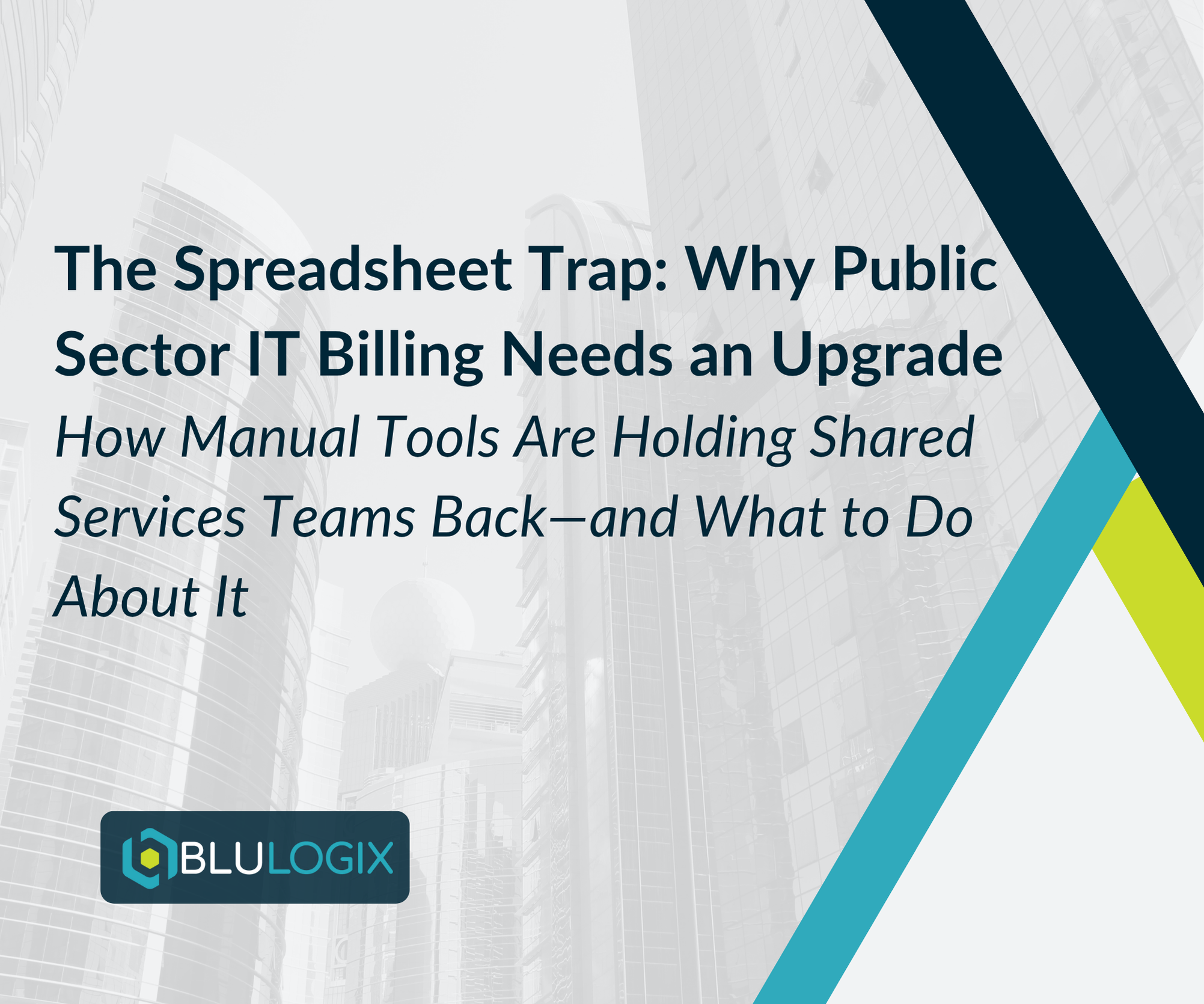What Are the Key Considerations for Implementing a Subscription Management Software?
Grow your Business with Consumption-Based Pricing
Last post, we discussed the importance of tailoring pricing plans to meet customer needs and budgets. In this week’s edition, we will explore the key considerations for implementing a subscription management system. We will delve into the benefits of automating billing, invoicing, and payment processes, managing customer subscriptions, upgrades, and cancellations, and monetizing usage-based metrics.
Automating Billing, Invoicing, and Payment Processes
Implementing an automated subscription management system can streamline your billing, invoicing, and payment processes, offering several benefits:
Accuracy and Efficiency: Automation reduces the likelihood of errors and ensures accurate billing for each customer. It eliminates manual tasks, such as generating invoices and processing payments, allowing your team to focus on more value-added activities.
Timely Invoicing and Payments: Automation enables you to send invoices promptly and securely, improving cash flow by reducing payment delays. It also simplifies the payment process for customers, enhancing their experience.
Subscription Renewals and Upgrades: An automated system can track subscription renewals and upgrades, sending notifications to customers and facilitating a smooth transition to new plans or pricing tiers.
Integration with Payment Gateways: Integration with secure payment gateways simplifies the payment process for customers and ensures a secure transaction environment. It also enables you to track payment statuses and automate failed payment notifications and follow-ups.
By automating billing, invoicing, and payment processes, you can optimize your revenue collection, enhance operational efficiency, and improve the overall customer experience.
Managing Customer Subscriptions, Upgrades, and Cancellations:
Effectively managing customer subscriptions is crucial for maintaining customer satisfaction and minimizing churn. Consider the following best practices:
Centralized Subscription Management: Implement a centralized system that allows you to manage customer subscriptions, including plan selection, upgrades, downgrades, and cancellations. This provides a holistic view of customer activity and facilitates efficient account management.
Flexible Subscription Options: Offer customers the flexibility to upgrade or downgrade their subscription plans based on their evolving needs. This empowers them to align their subscription with their usage and ensures a positive customer experience.
Proactive Churn Management: Monitor customer usage patterns and engagement levels to identify at-risk customers and proactively address their concerns. Implement retention strategies such as personalized offers, targeted communications, and proactive customer support to mitigate churn.
Seamless Onboarding and Offboarding: Streamline the onboarding process to ensure a smooth transition for new customers. Similarly, facilitate a hassle-free offboarding process for customers who wish to cancel their subscriptions, offering cancellation options and gathering feedback to improve your service.

By effectively managing customer subscriptions, upgrades, and cancellations, you can enhance customer satisfaction, reduce churn, and optimize revenue opportunities.
Monetizing Usage-Based Metrics:
Usage-based pricing models offer the opportunity to monetize customer usage and provide a more personalized pricing structure. Consider the following strategies:
Identifying Key Usage Metrics: Determine the usage metrics that are most relevant to your SaaS business and align them with customer value. This can include factors such as storage space, API calls, active users, or data usage.
Pricing Tier Structure: Design pricing tiers that align with different levels of usage. This allows customers to choose the tier that best fits their needs and provides opportunities for them to upgrade as their usage grows.
Real-Time Usage Tracking: Implement systems that track and monitor customer usage in real-time, allowing you to accurately calculate charges and provide customers with transparent usage data.
Usage-Based Reporting and Analytics: Provide customers with detailed usage reports and analytics to help them understand their consumption and make informed decisions about their usage.
By monetizing usage-based metrics, you can create pricing models that reflect the value customers receive from your SaaS solution, optimize revenue based on actual usage, and foster a mutually beneficial relationship with your customers.
Implementing a robust subscription management system is vital for SaaS businesses aiming to optimize their pricing models and enhance revenue generation. By automating billing processes, effectively managing customer subscriptions, upgrades, and cancellations, and monetizing usage-based metrics, you can streamline operations, improve customer satisfaction, and drive sustainable growth. In our next post, we will explore strategies for marketing and promoting subscription-based pricing to maximize customer acquisition and retention.
Grow your Business with Consumption-Based Pricing
Learn more

The Spreadsheet Trap: Why Public Sector IT Billing Needs an Upgrade

How Cost Recovery Chargeback Rebuilds Trust in Public Sector IT


